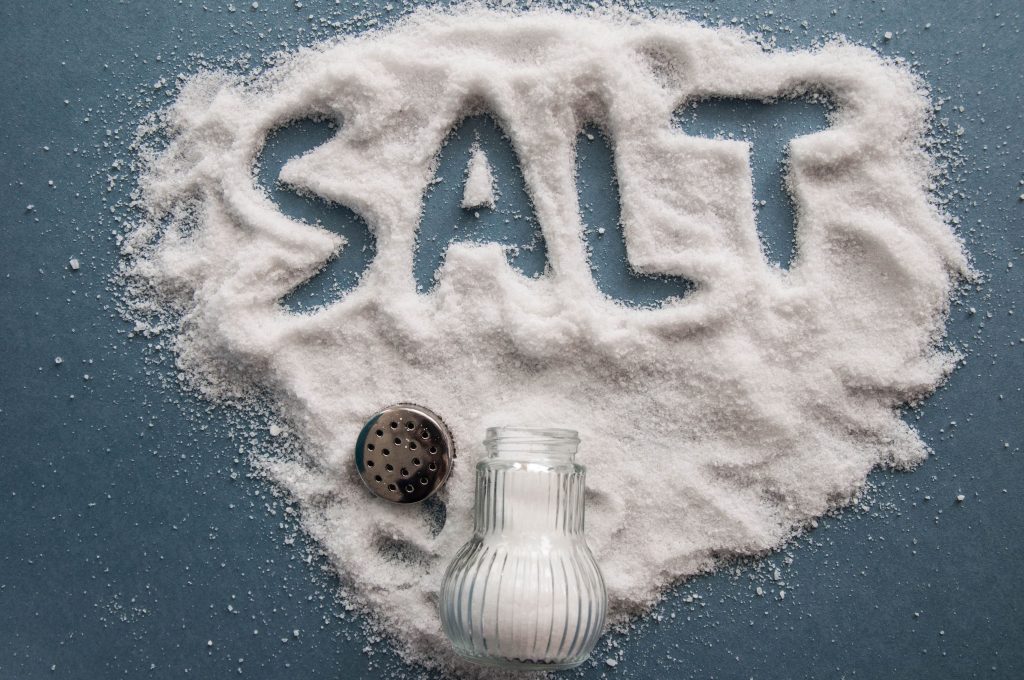In hot weather, it’s crucial to ensure horses get enough salt. Dr. Cliff Lister, a nutritionist for Horslyx, explains the importance of salt in equine nutrition and how Horslyx meets daily salt requirements.
Photos/priority image/blog photos/salt image.jpg
Salt, primarily sodium, has been essential for livestock since early settlers. Animals naturally consume enough salt if provided freely and won’t overconsume if water is available. Salt enhances appetite and makes feed more palatable.
Salt consists of sodium and chloride, both vital for maintaining osmotic pressure, acid-base balance, and water metabolism. Sodium is crucial in extracellular fluid, while chloride is the main anion. Increased salt intake boosts water consumption, aiding gut protection and osmotic balance. Lack of sodium can lead to dehydration.
Horses lose significant sodium through sweat during exercise, balancing water loss and preventing hypernatremia. Sodium and chloride also aid nutrient absorption in the intestine, essential for glucose and amino acids uptake.
Photos/priority image/blog photos/ MP1_0528.jpg
Forages often lack sodium, affecting water intake and nutrient absorption, reducing performance. Exercise and hot weather increase the need for water and salt.
Salt blocks or licks are common, but Horslyx Balancers provide a convenient daily salt intake, ensuring a balanced diet and extra salt during summer when grazing provides sufficient calories. Horslyx Balancers address forage deficiencies, offering essential vitamins, minerals, and trace elements for optimal health.
Photos/priority image/minis/090A6709.jpg
